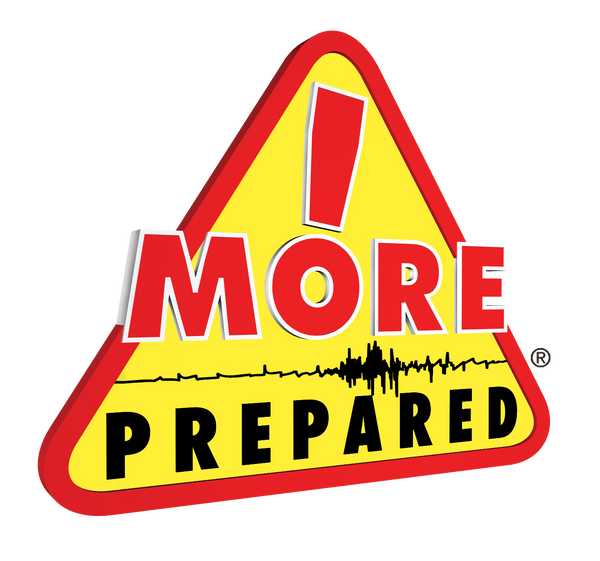Workplace Disaster Supplies
It's important to have emergency preparedness in the workplace. It may not be feasible for each person to have their own personal disaster kit due to cost or space and storage issues. A company may find it easier to purchase and maintain the office emergency supplies in bulk. Here is a list basic items necessary for disaster management kits:
- Food & Water
- Blankets
- First Aid
- Dust Masks
- Flashlights or Light Sticks
- Radio
- Sanitation Supplies
- Tools
Depending on the size of the company, an all-inclusive office survival kit containing these items plus more and come in 5 to 1,000 person sizes may be the answer.
A large company will want to maintain a certain number of supplies per floor, store, work site, or office based upon the number of people there at any given time (i.e. per shift). Bulk supplies can be delivered by the pallet.
Costs are minimal! For example, a retail store chain with 100 stores which has an average number of 5 people per store/shift can purchase a 5 Person Office Survival Kit for $139 per store. The actual cost of protecting each employee is less than $6.00 per year.
As an employer, you can’t afford NOT to protect your employees in areas where disasters strike on a regular basis (i.e. hurricanes in Florida, earthquakes in California, tornadoes, fires, floods, severe winter weather, etc).
Survival Kit Giveaways – Many companies have decided that workplace emergency disaster preparedness is so important that they have chosen to give each employee a survival kit to keep at work. This shows your employees how truly committed you are to their safety and how valuable they are.
Your company logo can be silk-screened on to custom emergency kits and given away at fairs or for the holidays. New employees can be given a kit on their first day of work.
Personal Workplace Disaster Supplies
Below is a list of disaster supplies you should have on hand, as recommended by the Red Cross.
- Food – non-perishable supply for one day (3 meals); a three day supply is preferable; food bars and MRE’s with a long shelf-life help minimize costs.
- Water – a minimum of a gallon per person per day; plastic containers have a short shelf-life and are not preferable unless they are rotated frequently.
- Flashlight & Radio – a manual crank type is best however, if battery-operated, check the shelf-life of your batteries and rotate as needed.
- First Aid Supplies – bandages, dressings, gauze, hand sanitizer, antiseptic wipes, non-latex gloves, tape, anti-bacterial ointment, cold pack, scissors, tweezers, CPR breathing barrier; most good first aid kits will contain these items.
- Tools & Supplies – emergency thermal blanket, can opener, paper plates & cups, plastic utensils, personal hygiene items (toothbrush/paste, comb, brush, soap, contact lens supplies and feminine supplies), plastic bag & ties (for personal sanitation uses in the event of plumbing interruption), one complete change of clothing & footwear including a long-sleeved shirt and long pants, and close-toed shoes or boots, extra pair of glasses if applicable
Note: a personal kit should be adjusted based upon your own personal needs. It is also recommended that you keep your supplies in a backpack or other easily transportable container.
